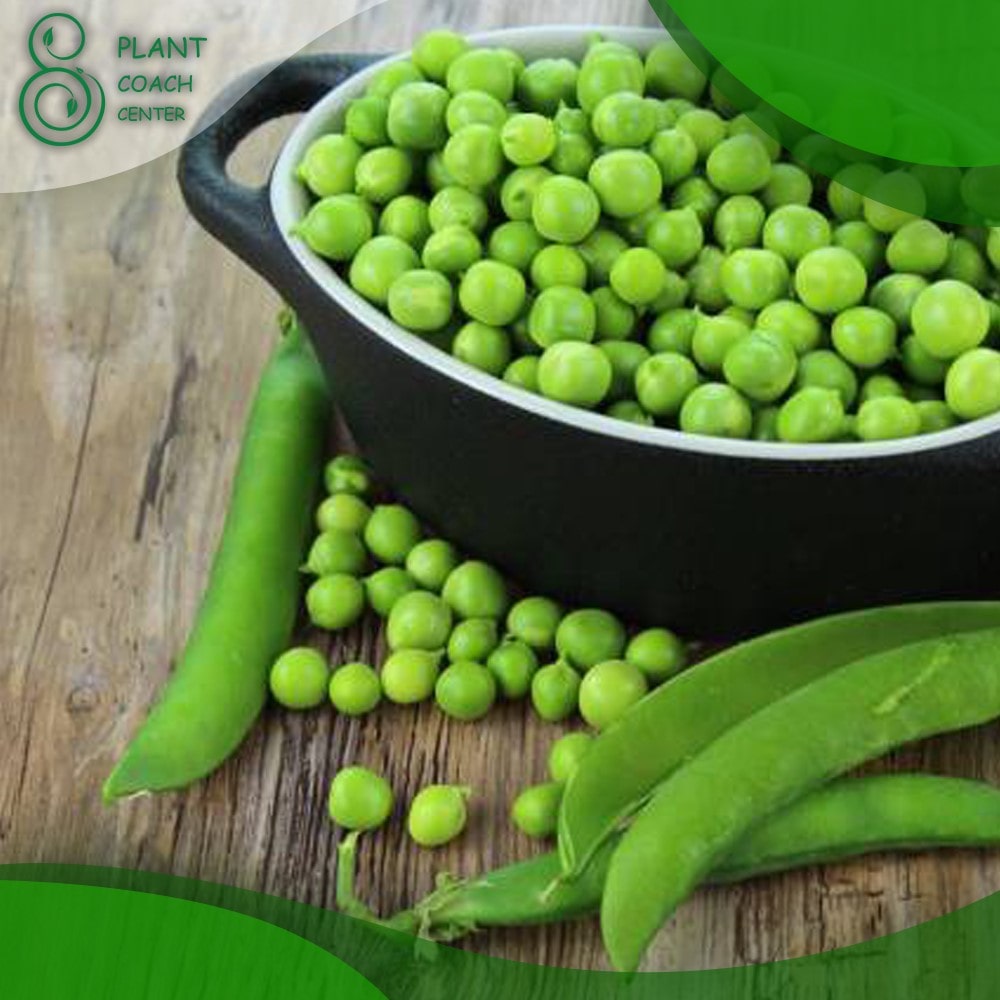When to Plant Snow Peas in Melbourne
Snow peas are delightful vegetables that thrive in the unique climate of Melbourne. Knowing the best time to plant snow peas is crucial for a successful harvest. In this comprehensive guide, we will explore the ideal planting windows, cultivation techniques, and tips to ensure abundant snow pea yields in Melbourne.
Whether you’re a seasoned gardener or a beginner, this article will provide valuable insights and expert advice to help you grow thriving snow pea plants. For personalized guidance and support, you can visit PlantCoachCenter.com, where expert plant coaches are available to assist you in your gardening journey.
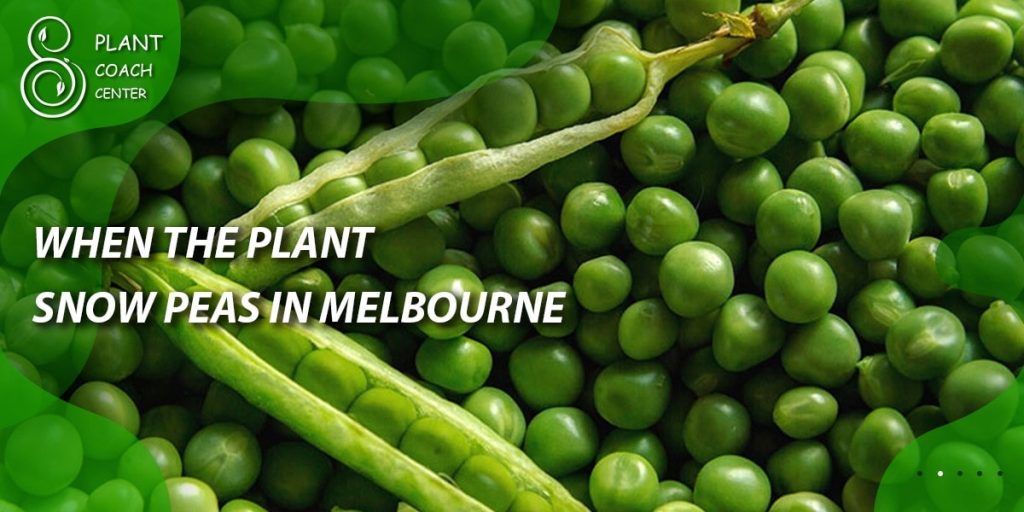
Understanding the Climate of Melbourne
Melbourne’s climate plays a vital role in determining the optimal planting time for snow peas. Let’s delve into the city’s climate zones, average temperature and rainfall patterns, and microclimates that influence planting decisions.
– Melbourne’s climate zones and their impact on snow pea cultivation:
– Coastal areas: Mild temperatures and moderated by the ocean influence.
– Inner suburbs: Experiencing a slight urban heat island effect.
– Outer suburbs: Greater temperature fluctuations and colder winters.
– Average temperature and rainfall patterns throughout the year:
– Spring: Gradually warming temperatures with increased rainfall.
– Summer: Hot and dry conditions, requiring additional care and watering.
– Autumn: Mild temperatures with decreasing rainfall.
– Winter: Cooler temperatures and occasional frost.
– Microclimates in Melbourne and their influence on planting times:
– Urban environments: Retain heat and experience milder winters.
– Sheltered areas: Provide protection from strong winds and frost.
– North-facing slopes: Receive more sun exposure and warmth.
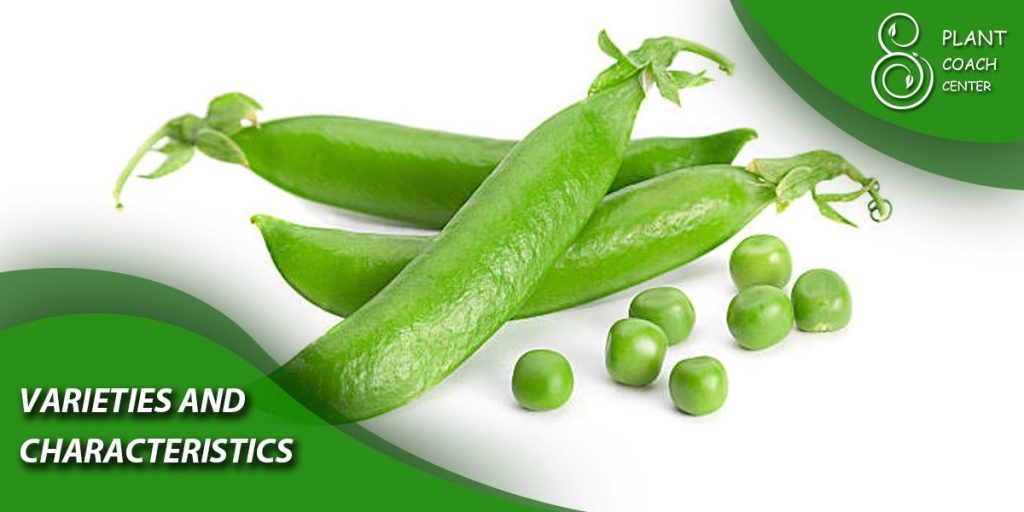
Snow Peas: Varieties and Characteristics
Snow peas come in various cultivars, each with its unique characteristics and growth habits. Let’s explore the popular snow pea varieties suitable for Melbourne and what to consider when selecting the right cultivar for your garden.
– Overview of different snow pea varieties suitable for Melbourne:
– Dwarf Grey Sugar: Compact variety with excellent flavor.
– Green Beauty: Cold-tolerant and high-yielding variety.
– Little Snowpea Purple: Unique purple pods with good cold tolerance.
– Characteristics and growth habits of popular snow pea cultivars:
– Plant height and vine structure.
– Pod color, size, and flavor profiles.
– Disease resistance and adaptability to Melbourne’s climate.
– Factors to consider when selecting snow pea varieties for Melbourne:
– Maturity period and days to harvest.
– Resistance to common pests and diseases.
– Personal preferences for pod color, flavor, and culinary usage.
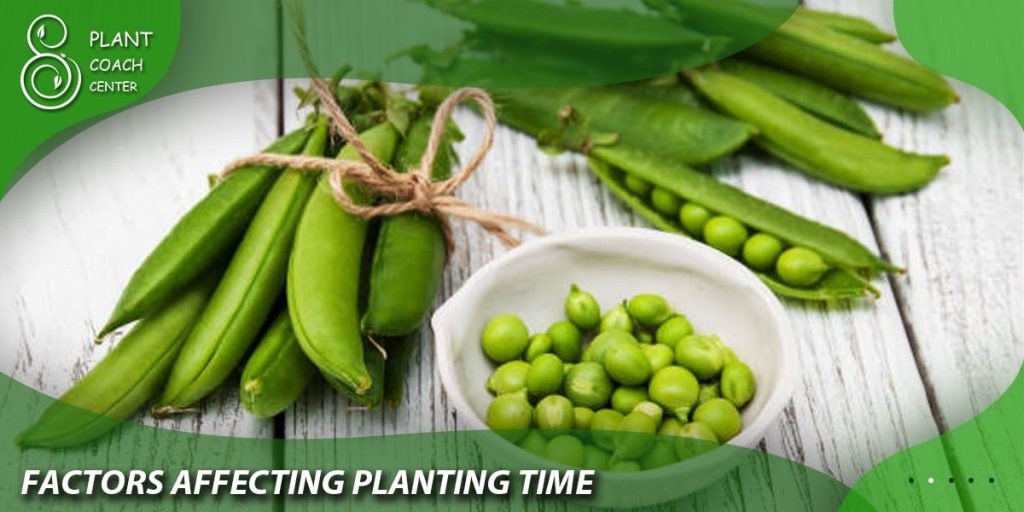
Factors Affecting Snow Pea Planting Time in Melbourne
Several factors influence the optimal timing for planting snow peas in Melbourne. Let’s explore these factors in detail to ensure that the planting time aligns with the specific requirements of snow peas.
– Temperature requirements and frost sensitivity of snow peas:
– Snow peas thrive in cool temperatures between 55°F and 70°F (13°C and 21°C).
– Frost-sensitive: Avoid planting during frost-prone periods in Melbourne.
– Daylight length and its impact on snow pea growth:
– Longer daylight hours in spring promote vegetative growth and flowering.
– Adequate daylight enhances pod development and yield potential.
– Soil conditions and preparation for snow pea planting:
– Well-draining soil with good organic matter content is essential.
– Soil pH should be between 6.0 and 7.5 for optimal nutrient availability.
– Prepare the soil by removing weeds and incorporating organic compost.
Spring Planting of Snow Peas in Melbourne
Spring is an ideal time to plant snow peas in Melbourne, taking advantage of the warming temperatures and increased daylight. Let’s explore the steps involved in spring planting, from soil preparation to care and maintenance.
– Ideal timing for spring planting in Melbourne:
– Wait until the last frost date has passed to ensure frost-free conditions.
– In Melbourne, this is typically around mid to late September.
– Preparing the soil and selecting suitable cultivars:
– Choose a sunny location with well-draining soil.
– Incorporate organic matter, such as compost or well-rotted manure, to improve soil fertility and structure.
– Select snow pea cultivars suitable for spring planting in Melbourne.
– Planting techniques and spacing recommendations:
– Sow snow pea seeds directly into the prepared soil, approximately 1 inch deep.
– Space the seeds or seedlings according to the recommended spacing for the chosen cultivar.
– Consider using trellises or supports for vertical growth.
– Spring care and maintenance tips for snow peas:
– Water the plants consistently, keeping the soil evenly moist but not waterlogged.
– Apply a layer of organic mulch to retain soil moisture and suppress weeds.
– Monitor for pests and diseases, and take appropriate measures for control.
– Train the vines to climb the supports, providing guidance as they grow.
– Regularly harvest mature snow pea pods to encourage continuous production.

Fall Planting of Snow Peas in Melbourne
Fall planting offers unique advantages for snow pea cultivation in Melbourne. Let’s explore the benefits, soil preparation, winter protection, and harvesting considerations for fall-planted snow peas.
– Advantages of fall planting in Melbourne’s climate:
– Cooler temperatures allow for better pod development and flavor.
– Reduced pest and disease pressure compared to spring planting.
– Preparing the soil and selecting appropriate varieties:
– Clear the planting area of debris and weeds.
– Select snow pea varieties suitable for fall planting in Melbourne.
– Winter protection and management for fall-planted snow peas:
– Apply a thick layer of mulch to protect the plants from freezing temperatures.
– Consider using row covers or cloches to create additional insulation.
– Monitor soil moisture during winter, providing supplemental watering if needed.
– Prune any damaged or diseased foliage to maintain plant health.
– Harvesting and care considerations for fall-planted snow peas:
– Monitor the plants for pod development, ensuring they reach the desired size.
– Harvest the snow pea pods before the onset of severe winter weather.
– Properly store harvested snow peas to maintain their freshness and flavor.
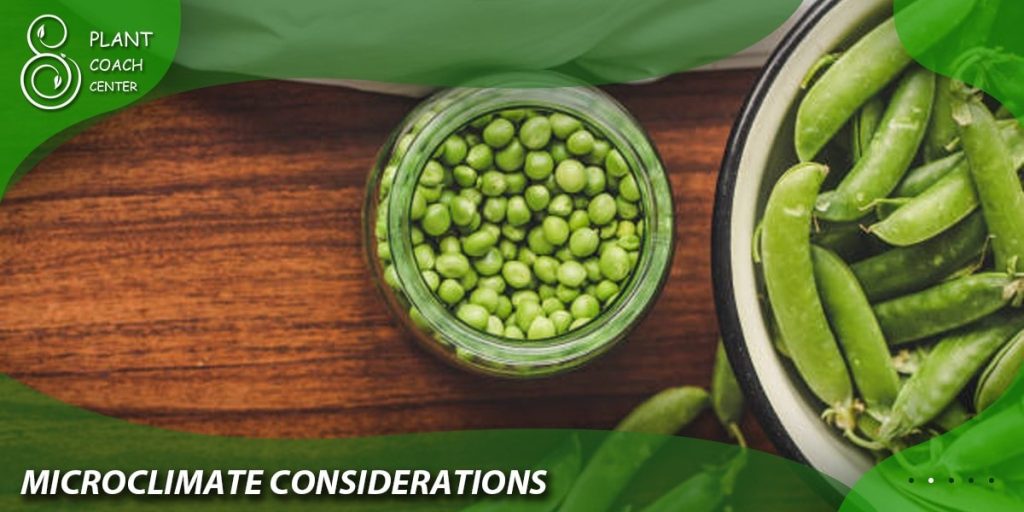
Microclimate Considerations for Snow Peas in Melbourne
Melbourne’s diverse microclimates offer opportunities to extend the snow pea growing season and maximize yields. Let’s explore how to identify and utilize microclimates for successful snow pea cultivation.
– Utilizing microclimates to extend the snow pea growing season:
– Identify areas in your garden that receive additional warmth or protection.
– Utilize south-facing walls, fences, or buildings to capture heat.
– Utilize microclimates to start planting snow peas earlier or extend the harvest season.
– Creating microclimates in urban and suburban settings:
– Utilize reflective materials to redirect sunlight.
– Use windbreaks, such as tall hedges or fences, to provide shelter.
– Consider utilizing containers or raised beds to adjust soil temperature.
– Choosing optimal locations for snow pea planting in Melbourne:
– Select well-drained areas that receive ample sunlight.
– Avoid frost pockets or areas prone to strong winds.
– Consider the proximity to buildings or other structures that may offer protection.
Common Plant Problems and Pests for Snow Peas in Melbourne
Snow peas can face certain plant problems and pests that can affect their growth and yield. Understanding and addressing these issues is crucial for successful cultivation. Let’s explore common diseases, pests, and management strategies for snow peas in Melbourne.
– Identifying and addressing common diseases affecting snow peas:
– Powdery mildew: White powdery growth on leaves; improve air circulation and use fungicidal sprays if necessary.
– Root rot: Wilting, stunted growth, and discolored roots; ensure proper drainage and avoid overwatering.
– Fusarium wilt: Yellowing, wilting, and vascular discoloration; practice crop rotation and remove infected plants.
– Pest management strategies for common snow pea pests in Melbourne:
– Aphids: Small, sap-sucking insects; use insecticidal soap or apply a strong jet of water to dislodge them.
– Snails and slugs: Chewing damage on leaves and pods; employ physical barriers or use organic slug pellets.
– Caterpillars: Feeding damage on foliage; handpick or use organic Bacillus thuringiensis (BT) insecticides.
– Organic and chemical options for pest and disease control:
– Neem oil: Effective organic insecticide and fungicide.
– Copper-based fungicides: Useful for preventing and treating fungal diseases.
– Biological controls: Introduce beneficial insects like ladybugs or lacewings for pest control.
Advanced Techniques for Maximizing Snow Pea Yield in Melbourne
To maximize snow pea yields in Melbourne, advanced techniques can be employed. These techniques focus on optimizing plant growth, managing pests, and enhancing overall productivity. Let’s explore some advanced techniques for achieving abundant snow pea harvests.
– Companion planting and intercropping strategies with snow peas:
– Planting aromatic herbs like mint or rosemary to deter pests.
– Interplanting with nitrogen-fixing legumes to enhance soil fertility.
– Pruning and training methods for improved snow pea production:
– Pinching off the tips of snow pea vines to encourage branching and more pod development.
– Training the vines onto trellises or supports for better airflow and easier harvesting.
– Soil amendments and fertilization practices for optimal yields:
– Regularly adding organic matter like compost to enhance soil structure and nutrient content.
– Applying balanced organic fertilizers or compost tea during the growing season.
Harvesting and Enjoying Snow Peas in Melbourne
Harvesting snow peas at the right time ensures optimal flavor and quality. Let’s explore the signs of readiness for harvest, proper harvesting techniques, and tips for storing and enjoying fresh snow peas.
– Signs of snow pea readiness for harvest:
– Pods should be plump, crisp, and bright green.
– Harvest when the peas inside are still small and undeveloped.
– Proper harvesting techniques to preserve quality and flavor:
– Use scissors or pruners to avoid damaging the vines.
– Harvest gently, holding the vine with one hand and removing the pod with the other.
– Culinary uses and storage recommendations for fresh snow peas:
– Snow peas can be enjoyed raw in salads, stir-fries, or lightly steamed.
– Store unwashed snow peas in a breathable container or bag in the refrigerator for up to a week.
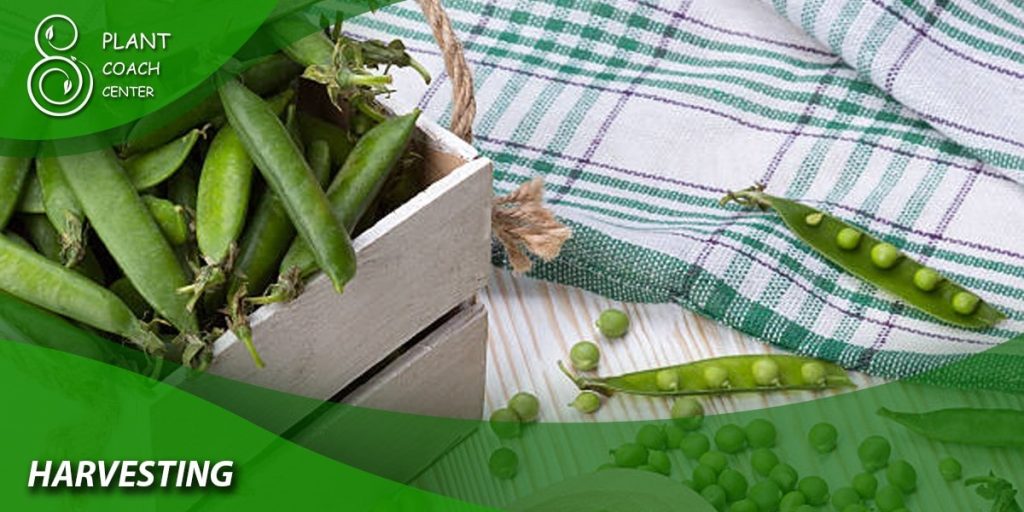
Conclusion
Successfully growing snow peas in Melbourne requires careful consideration of the climate, suitable planting times, and proper care techniques. By following the guidelines outlined in this comprehensive guide, you can cultivate thriving snow pea plants and enjoy a bountiful harvest.
Remember to visit PlantCoachCenter.com for personalized support and guidance from expert plant coaches. Happy gardening and may your snow pea harvests be abundant and delicious!


